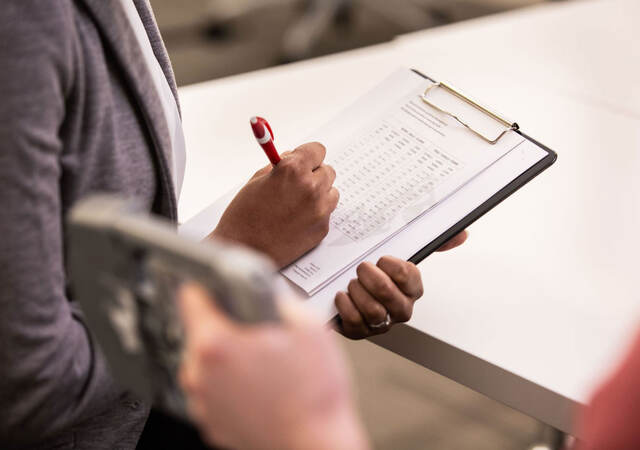June 5, 2024
By Milena Borrasca, Luiz Levy, Priscila Sanada and Evangeline Loh
Brazilian medical device regulator ANVISA has published new legislation allowing manufacturers of higher-risk devices to leverage registrations from some foreign regulatory authorities when applying for market access in Brazil.
According to the new Reliance route which started June 3, ANVISA will now rely on the decisions of authorities from other jurisdictions, but remains independent and responsible for the decisions taken. This is based on regulatory convergence, an international technical alignment movement that considers internationally recognized best practices, principles and standards in the regulatory process. Regulatory convergence facilitates the adoption of Reliance and allows leveraging regulatory authorizations since it considers and gives significant weight to the assessments carried out by other regulatory authorities to reach its conclusion.
IN 290/2024 and official legislation on AREEs
ANVISA published IN 290/2024 April 8. Based on RDC 741/2022, it establishes the process of leveraging authorizations from an equivalent Foreign Regulatory Authority (AREE).
As a reminder, this applies only to Class III and IV medical devices and IVDs which would typically have to go through the registro regulatory process.
IN 290/2024 defines the Equivalent Foreign Regulatory Authority (AREE) as four of the former Global Harmonization Task Force (GHTF) founding members: Australia Therapeutic Goods Administration (TGA), Health Canada, U.S. Food and Drug Administration (FDA) and Japan Ministry of Health, Labor and Welfare (MHLW).
AREEs and ANVISA regulatory submissions
The AREE authorizations that can be leveraged include:
I - TGA - Australian Register of Therapeutic Goods (ARTG)
II - Health Canada - Medical Device License
III – U.S. FDA - 510(k) Clearance, Premarket Approval (PMA) or 513(f)(2) "De Novo"
IV - MHLW - Pre-market approval (Shonin)
If there is more than one AREE authorization available, the Brazil Registration Holder may refer to all of them to apply for leveraging. However, medical device manufacturers must choose one AREE as a reference for the entire process.
Regulatory submission must still be complete and compliant for Brazil
The technical dossier and related documents (for example Essential Safety and Performance Requirements Checklist per RDC 848/2024) required by RDC 751/2022 for medical devices or RDC 36/2015 updated by RDC 830/2023 for IVDs, must still be submitted under this route as part of the initial registration submission. This means that Reliance is not exempt from compliance with other registration requirements. Requirements such as INCQS, B-GMP, INMETRO or ANATEL certificates are still required and there is no change to current procedures related to it.
It is also important to clarify that “reliance on the Reliance” is not accepted. Therefore, this regulation does not apply to medical devices that have been authorized by an AREE through some abbreviated procedure similar to the optimized analysis procedure adopted by ANVISA.
Additional documents for AREEs review
To qualify for the AREE review, the documents required include (Annex I):
- Signed declaration (Annex I template) by Technical Manager and Legal Responsible Person
- Evidence of authorization in AREE country (consularized or apostilled plus sworn translation if not in Portuguese, English or Spanish)
- IFU for medical device in AREE (plus a sworn translation if not in Portuguese, English or Spanish)
Devices to be registered must be the same as already authorized in one of the AREEs. For the AREE route to be applicable, the Brazil Registration Holder (or manufacturer in Brazil) will have to submit an amendment after the registration submission (Article 10).
Of course, ANVISA reserves the prerogative to require the medical device to be registered through normal procedures if the regulator identifies inconsistencies between the submitted documents.
Note that applications submitted under this route will follow the same initial registration steps as a normal registration submission.
Although the reliance procedure will not impose a chronological order of analysis by ANVISA, it is estimated that this route would decrease ANVISA review time by about 30% at least, allowing a general productivity gain and helping in the total queue time for Registro submissions.
Situations in which the optimized analysis procedure (Reliance) may be rejected
The main reasons ANVISA may reject a Reliance process application (among other possible situations) are as follows:
- When the supplementary documentation required by IN 290/2024 is incomplete or unsatisfactory
- When the indications for use attributed to the device of interest are different from those approved by the AREE
- When the medical device under analysis has undergone significant design changes that make it impossible to use the analysis carried out by the AREE
- When the correlation between the product regulated by the AREE and that submitted to ANVISA through this route is not possible.
Concluding remarks
For the first time, the concept of regulatory leveraging is now effective for medical devices in Brazil. Only with time, will we and ANVISA better understand the efficiency gain from relying on an authorization from an AREE.
ANVISA now joins other regulators that have capitalized on authorizations from other markets, and as discussed at the recent International Medical Device Regulators Forum (IMDRF) 25th meeting uses Reliance.
Another triumph for global regulatory harmonization among regulators!
Request more information from our specialists
Thanks for your interest in our products and services. Let's collect some information so we can connect you with the right person.







